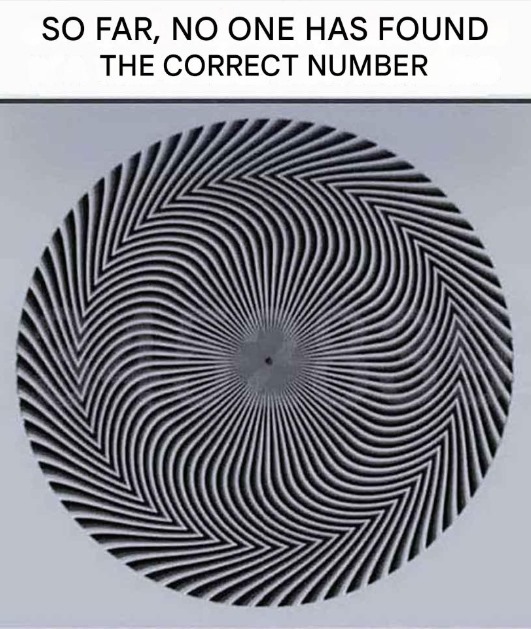ADVERTISEMENT
## What This Illusion Might Reveal About Your Vision
This illusion has sparked a lot of discussion online—not just because it’s cool and mysterious, but because it might actually serve as a **basic eye test**. While it’s no substitute for a professional eye exam, how you interpret the image can give you clues about your:
– **Contrast sensitivity**
– **Focus and visual clarity**
– **Depth perception**
– **Pattern recognition ability**
If you’re struggling to see the number—or if you can only make out part of it—it might be a sign to get your eyes checked. Some eye care professionals have even weighed in, suggesting this type of illusion could one day be used to develop **interactive vision screenings**.
—
## How to Improve Your Odds of Seeing the Number
Can’t make out the hidden digits? Try these tricks:
– **Squint slightly.** This reduces the amount of high-frequency noise and can make the broader patterns stand out.
– **Move the image farther away** from your eyes. Seeing it from a distance may help you detect the low-frequency shapes better.
– **Adjust brightness or contrast** on your screen.
– **Look away and refocus.** Sometimes a fresh perspective can help reset your brain’s pattern detection.
Still stuck? The most commonly seen full number is **“45283.”**
—
## The Bigger Picture: What Illusions Teach Us
Optical illusions like this one do more than just amuse or challenge us. They help scientists and researchers understand the complexities of human vision and cognition. By studying how different people perceive illusions, we can learn more about:
– **How the brain processes visual information**
– **Why perception varies from person to person**
– **Early signs of vision or neurological issues**
– **How to improve design, signage, and visual communication**
In essence, illusions act like fun puzzles—but also tools to map the mind.
—
## Final Thoughts
So the next time you come across an optical illusion like this, don’t just scroll past. Take a second to really look. What you see—or don’t see—might reveal more than you think.
In a world overloaded with visual information, illusions remind us that **seeing is not always believing**. And in the case of this particular swirling number trick, they also remind us that everyone’s brain and eyes are wonderfully unique.
So, what number do *you* see?
And what does it say about your perception?
Let the mind games begin.
—
Would you like a printable version of the image or a breakdown of more optical illusions that test your perception in fun, revealing ways?
